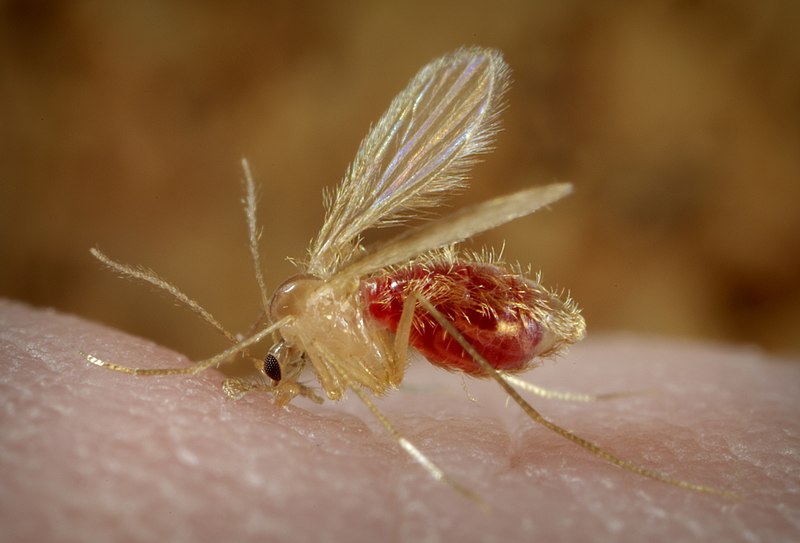Faili:Phlebotomus pappatasi bloodmeal continue2.jpg

Ukubwa wa hakikisho: piseli 800 × 543. Ukubwa zingine: piseli 320 × 217 | piseli 640 × 435 | piseli 1,024 × 696 | piseli 1,280 × 869 | piseli 2,560 × 1,739 | piseli 3,408 × 2,315.
Faili halisi (piseli 3,408 × 2,315, saizi ya faili: 1.78 MB, aina ya MIME: image/jpeg)
Historia ya faili
Bonyeza tarehe/saa kuona faili kama ilivyoonekana wakati huo.
| Tarehe/Saa | Picha ndogo | Vipimo | Mtumiaji | Maelezo | |
|---|---|---|---|---|---|
| sasa hivi | 14:15, 29 Julai 2008 |  | 3,408 × 2,315 (1.78 MB) | Abanima | {{Information |Description={{en|1= This photograph depicts a Phlebotomus papatasi sandfly, which had landed atop the skin surface of the photographer, who’d volunteered himself as host for this specimen’s blood meal. The sandflies are members of the D |
Matumizi ya faili
Kurasa hizi 2 zimeunganishwa na faili hili:
Matumizi ya faili ulimwenguni
Wiki nyingine hutumia faili hizi:
- Matumizi kwa ar.wikipedia.org
- Matumizi kwa arz.wikipedia.org
- Matumizi kwa cs.wikipedia.org
- Matumizi kwa de.wikipedia.org
- Matumizi kwa de.wiktionary.org
- Matumizi kwa en.wikipedia.org
- Matumizi kwa en.wiktionary.org
- Matumizi kwa es.wikipedia.org
- Matumizi kwa fa.wikipedia.org
- Matumizi kwa fr.wikipedia.org
- Matumizi kwa gl.wikipedia.org
- Matumizi kwa hi.wikipedia.org
- Matumizi kwa hy.wikipedia.org
- Matumizi kwa hyw.wikipedia.org
- Matumizi kwa ka.wikipedia.org
- Matumizi kwa kk.wikipedia.org
- Matumizi kwa ky.wikipedia.org
- Matumizi kwa lv.wikipedia.org
- Matumizi kwa nl.wikipedia.org
- Matumizi kwa nl.wiktionary.org
- Matumizi kwa pt.wikipedia.org
- Matumizi kwa ru.wikipedia.org
- Matumizi kwa simple.wikipedia.org
- Matumizi kwa sr.wikipedia.org
- Matumizi kwa sv.wikipedia.org
- Matumizi kwa tr.wikipedia.org
- Matumizi kwa uk.wikipedia.org
Tazama matumizi zaidi ya kimataifa ya faili hii.


